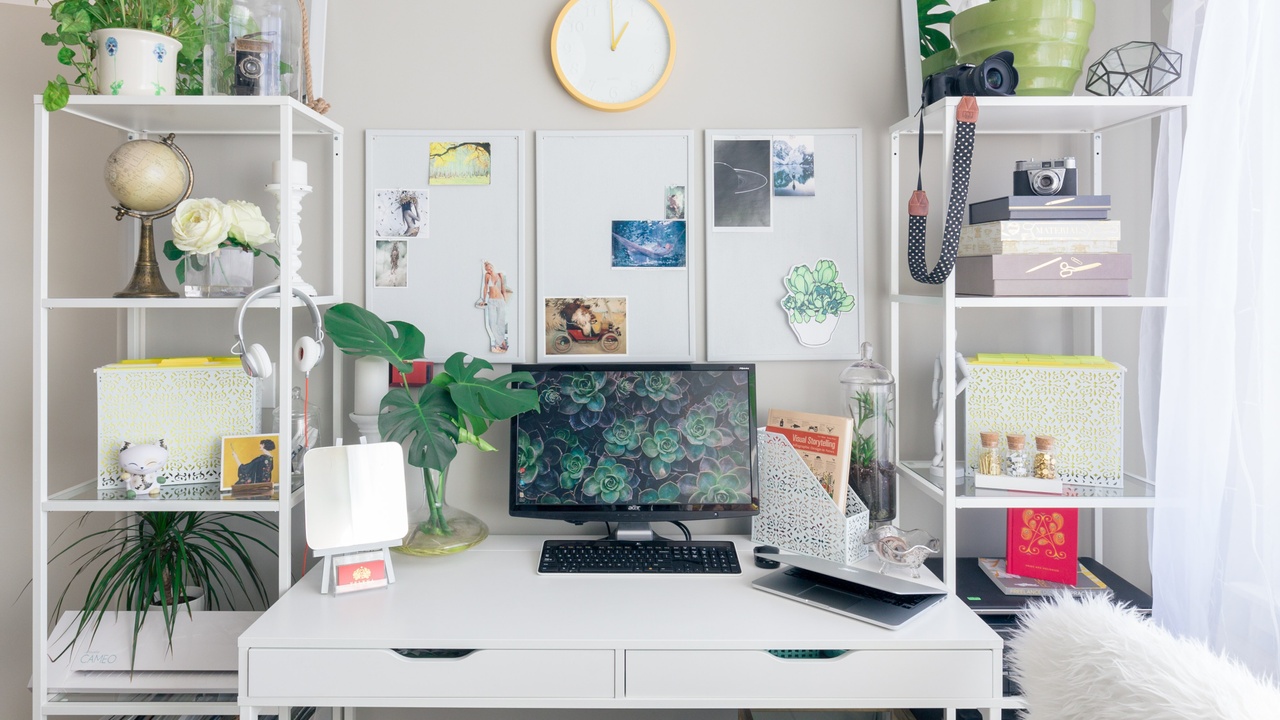Five Quick Desk Energisers
May 14, 2021
5 Natural (and free) at-your-desk Energisers – body tricks to stop you turning to the sugar and caffeine
When we’re locked into work mode with deadlines and overload, even a quick break may seem impossible.
It’s important to get up and move around, but at those times in between helping ourselves to stay and concentrate can help the achievement that also relieves stress.
Even when we’re just sitting at our desks, we’re using up masses of energy on brain power. At a normal resting state our big brains demand around 20% of our total energy expenditure.
If we’re under pressure, a stressed state can increase that energy proportion to around 70-75% as our brains are vital to survival when our bodies sense this as danger.
Running at that level, it’s easy to see how we can get the craving signals that send us towards the instant energy highs that are sugar and caffeine.
Chocolate, biscuits, tea and coffee can perk up us in the short-term, but they do add to our stress load as they rob us of the nutrients we need to make energy (like B vitamins and magnesium) and don’t support our ability to regulate blood sugar levels.
This can tend to keep us caught in highs and lows of energy that interrupts blood supply to the brain and so the cravings start again.
When we’re in a brain energy low and need to find some focus, giving in to the impulse for a quick-fix can seem the only answer, but there are a few tricks to wake up body and brain that are worth trying first.
1. Tickle yourself
You’d be right to think it’s not possible to tickle ourselves – except for one place, the roof of our mouths. If you tickle the hard palate just behind the ridge of gum at the top of your mouth, you’ll be able to feel a tingling sensation that is a stimulation of nerves running directly into your brain. This is also a great wake-up strategy if you feel tired when driving.
2. Tap your head
Tapping your body sends vibration through your skin into tissues and muscles below. You can do this with the tips of your fingers or gentle fists to a degree that feels stimulating but not too aggressive. This is an example of ‘good stress’ or eustress, where a challenge (here to pain receptors on the skin) helps to create a resulting resilience.
Tapping the head, chest and collarbones helps wake up this area and encourages us to come out of a slumped posture. If you tend to tired legs, fluid retention or varicose veins from sitting, also do this around the calves, thighs and backs of the knees.
3. Sit up straight
Sitting over a computer causes us to hunch and results in posture with a closed chest and tendencies to compress the top of the neck where it meets the skull; we often lift the chin to look up at a screen from a hunched position.
Sitting up from your seat to rise up through the natural curves of your spine (imagine a picture in an anatomy book) allows the brain stem to find the best position for good blow flow and awakening. If you then roll your head in semi-circles (chin to breastbone) from shoulder to shoulder, whilst lifting your chest, you can release tension at the back of the neck too.
4. Raise your arms
When we’ve been slumped and gone into fuzzy head or tight temple mode, sitting up and then raising our arms up can create a raised blood flow in the upper body as our heart has to pump a little harder to get circulation higher up to the extremities.
If you reach out through to the ends of the fingertips, this creates a motivating effect on the brain as we are hard-wired to create energy to reach for what we need or want. This whole stance opens the chest and lifts up the spine too and if you open your move and move your jaw around, you can energise whilst releasing tension.
5. Roll your shoulders
Tension is tiring, stealing energy to keep muscles continually in contraction. This is often seen in stress as tension in the shoulders as we tend to breathe into the upper chest rather than the belly when caught in vigilance mode.
Add in continually lifting the arms to type and there are few of us who wouldn’t benefit from rolling our shoulders in large, slow circles very regularly when at a desk or stressed.
Breathe in to roll them forward and up, then exhale them back and down; then reverse, letting your chest, spine and neck move as feels right. Also lifting up your shoulders to your ears and letting them drop with a big sigh reminds the muscles where release can be.
For further inspiration, including courses and information on how to de-stress and live a calm life, take a look at Charlotte's Health Resources here.





